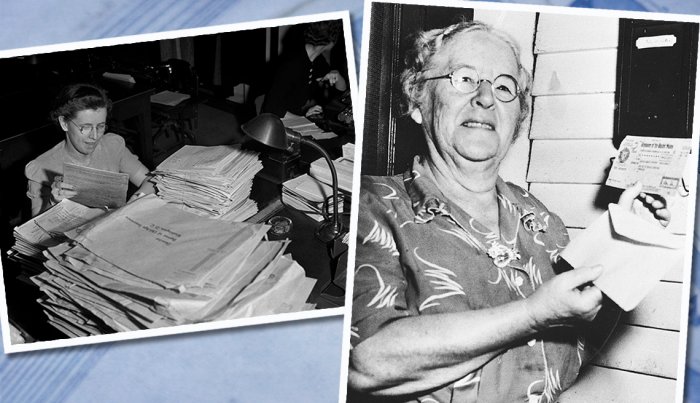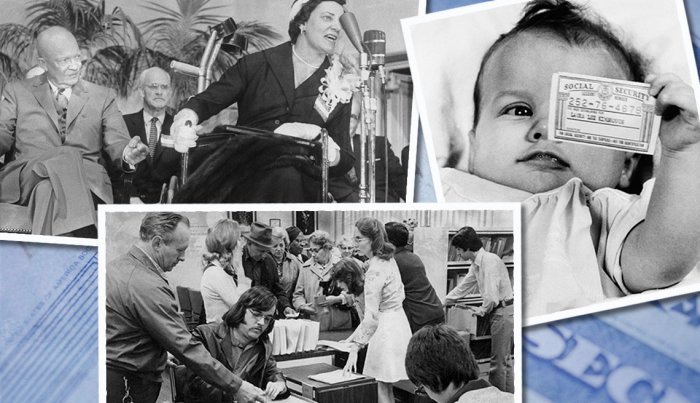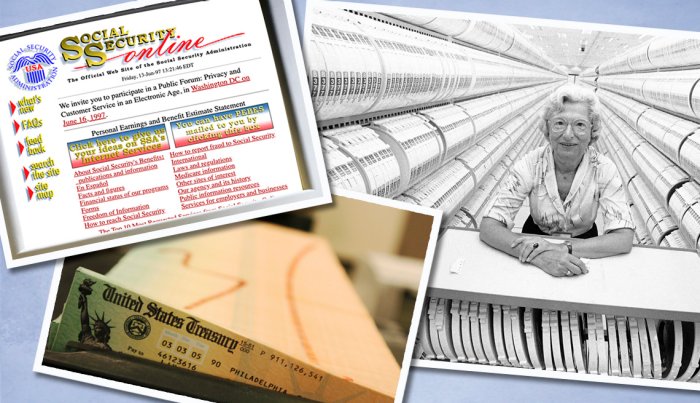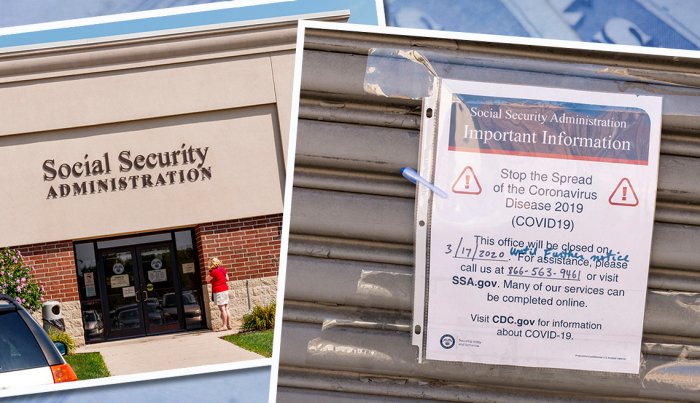A Message from Acting Commissioner Colvin
As we reflect on the 79th anniversary of Social Security, let’s remember Franklin D. Roosevelt’s famous words upon signing the Social Security Act into law on August 14, 1935:
“Today, a hope of many years’ standing is in large part fulfilled… We have tried to frame a law which will give some measure of protection to the average citizen and to his family against the loss of a job and against poverty-ridden old age.”
Seventy-nine years later, we continue to support President Roosevelt’s vision of hope and protection for the most vulnerable members of the American public through our efforts each and every day. As I reflect on our rich history, I am deeply honored to be a part of such a great organization with employees who truly embody the spirit of passionate public service. There is nothing more rewarding than making a difference in the lives of others. With our collective renewed commitment, there is no limit to what we can achieve.
Happy 79th anniversary SSA!
Did You Know?
The first person to get Social Security benefits was Ernest Ackerman. He received a payment for 17 cents in January 1937. This was a one-time, lump-sum pay-out–which was the only form of benefits paid during the start-up period January 1937 through December 1939.
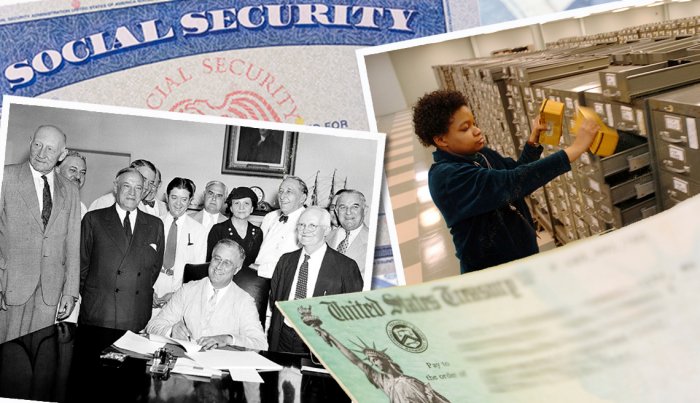
FPG/BRADLEY C BOWER/AP PHOTO/GETTY
Social Security was born 85 years ago this Friday, in 1935, and over the subsequent decades it has matured into a vital source of inflation-adjusted income for retired and disabled workers, their dependents and their survivors. Today, the program pays benefits to nearly 69 million Americans. Here’s a timeline of significant events in the history of Social Security.
Jan. 1, 1937: First Social Security benefits paid out in the form of one-time, lump-sum payments.
PHOTO BY: AP IMAGES
L- stack of Social Security applications, R- Ida M. Fuller, first Social Security monthly beneficiary
Aug. 10, 1939: Program broadened to include benefits for workers’ dependents and survivors.
Jan. 31, 1940: Ida M. Fuller became the first person to receive a monthly benefit. Her first check was for $22.54, the inflation-adjusted equivalent of $420.15 today. Fuller lived to the age of 100.
October 1950: Congress authorized the first cost-of-living adjustment (COLA), an increase of 77 percent.
PHOTO BY: DENVER POST ARCHIVES/LIFE PICTURE COLLECTION/GETTY IMAGES/AP IMAGES
Aug. 1, 1956: Social Security Act amended to provide benefits to disabled workers ages 50-64 and disabled adult children.
September 1960: President Eisenhower signed a law amending the disability rules to permit payment of benefits to disabled workers of any age and to their dependents.
June 30, 1961: All workers now allowed to take early retirement at age 62, albeit at a reduced Social Security benefit.
PHOTO BY: BACKYARDPRODUCTION/GETTY IMAGES
July 1975: First annual automatic COLA, an 8 percent increase, was paid. Before 1975, each COLA required authorization by Congress.
July 1980: Beneficiaries received the highest annual COLA increase ever — 14.3 percent. The inflation rate in 1980 was 12.5 percent.
PHOTO BY: NATIONAL ARCHIVES/WHITE HOUSE PHOTOGRAPHIC OFFICE
April 20, 1983: Comprehensive changes to Social Security, based on recommendations of the National Commission on Social Security Reform (also known as the “Greenspan Commission”) were signed into law, making sweeping changes to shore up the program’s shaky financial footing. The changes included raising payroll taxes and raising Normal Retirement Age (NRA).
Oct. 1, 1988: A nationwide toll-free number was implemented for people to contact the Social Security Administration (SSA).
PHOTO BY: BILL SMITH/BRADLEY C BOWER/AP PHOTO/SSA
May 17, 1994: The SSA official website was launched.
Oct. 1, 1999: The annual mailings of Social Security Statements began. About 125 million statements, showing workers’ earnings and projected benefits, were sent to all workers ages 25 and older.
April 7, 2000: The Senior Citizens’ Freedom to Work Act of 2000 was signed into law, eliminating the Retirement Earnings Test (RET) for those beneficiaries at or above NRA. (The RET still applies to those beneficiaries below NRA.) The RET was an original feature of the Social Security Act.
PHOTO BY: MARK WILSON/GETTY IMAGES
Feb. 12, 2008: Kathleen Casey-Kirschling, the first boomer to apply for Social Security retirement benefits, received her first monthly benefit payment.
May 1, 2012: The Social Security Statement became available online after most paper statements stopped being mailed out in 2011. Today, paper statements are mailed only to workers 60 and over who are not yet collecting benefits and who have not set up an online My Social Security account.
PHOTO BY: WV PICS/GETTY IMAGES
March 17, 2020: Social Security field offices shut down because of the COVID-19 pandemic. Most services continued to be offered online or by telephone, rather than in person.
April 22, 2020: The annual report from the Social Security trustees projected the combined trust funds would be exhausted in 2035, after which only just over three quarters of benefits could be paid.



